By: Pat Polowsky
Fun Fact #1: Flavor Chemistry
Chocolate is made from the fruit of Theobroma cacao trees. The cocoa beans from this fruit are fermented and roasted, ultimately leading to the precursor that makes its way into your favorite bar of chocolate or bonbon. Plant-derived products, fermented products, and roasted products are well known for their extensive portfolio of flavor compounds—chocolate, fitting all three criteria, is no different! For example, the roasting process that cocoa beans undergo results in copious amounts of pyrazine compounds due to the Maillard Browning reaction, which is responsible for the roasted notes of chocolate. A veritable treasure trove of other flavor compounds exists in chocolate, such as alcohols, esters, and methylxanthines. In fact, a major methylxanthine compound in chocolate is theobromine, which gives dark chocolate its bitterness. It also has a more nefarious effect as well, being the compound in chocolate that is toxic to dogs.
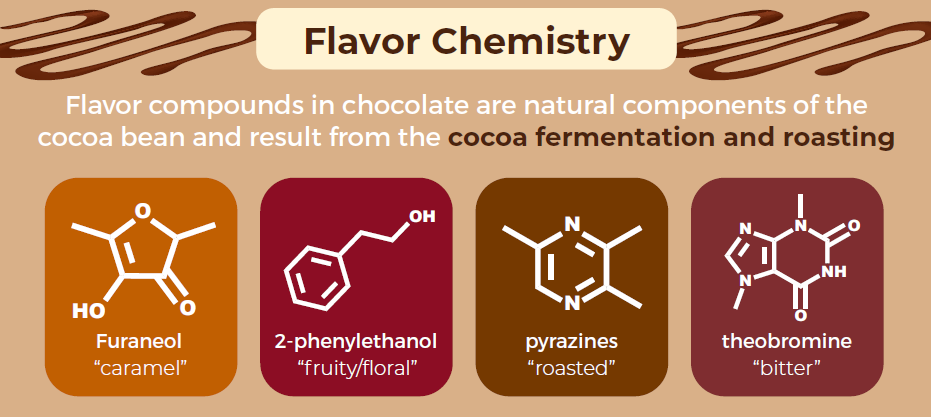
Fun Fact #2: Chocolate “Bloom”
This next fact is something that we pantry scroungers are all too familiar with. The pale/chalky/powdering white coloring that older chocolate can exhibit is known as “bloom” or “fat bloom”. It’s caused by a change in the crystal structure of the cocoa fat/butter, a major component of chocolate. The exact chemistry is highly complex and still hotly debated, but cocoa fat can form different crystal types in chocolate—this is known as crystal polymorphism. Normal-looking chocolate has its fat in the β’ (pronounced beta-prime) configuration. With prolonged storage period and/or temperature abuse, those β’ can morph into plain old β crystals, which have the whitish appearance. It’s perfectly harmless, just an aesthetic defect.
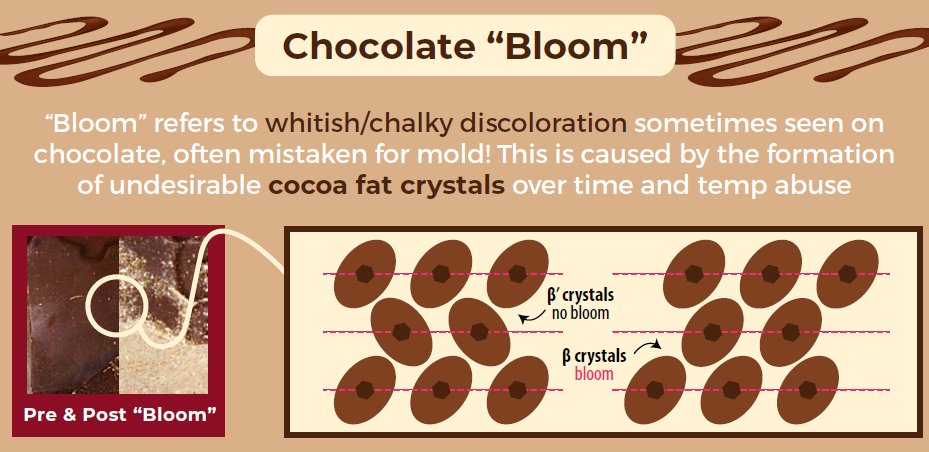
Fun Fact #3: Cherry Cordials
Last but not least, let’s talk about one of my favorite chocolate confections: cherry cordials. Anyone familiar with this treat knows that its hallmark is its liquid center in which a cherry is steeping in sugar syrup. The entire thing is encased in chocolate. The chocoholics among you may be wondering how it gets its liquid center. Is it injected? Nope. The center starts off solid! The cherries are coated in a solid sugar paste which has a key ingredient added to it—invertase. Invertase is an enzyme that breaks down sucrose (table sugar; a disaccharide) into its substituent monosaccharides (fructose and glucose) and liquifying the sugar paste as the cordial ages. Voilà! A cherry cordial is born.
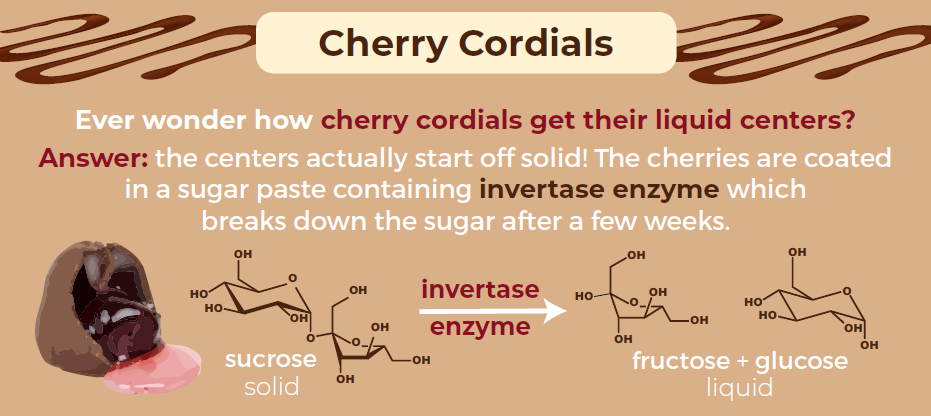
(I know what some of you are thinking: “Hey! This fun fact isn’t actually about chocolate, it’s about sugar and enzymes.” You’ll have to check back later for more fun facts!)
Click here to download the full infographic!
Conclusion
Well, there we have it folks. Three chocolate fun facts to share with your special someone on Valentine’s Day. Or you can take pride in your newfound chocolate chemistry knowledge solo. Who am I to judge? If you’d like to see chocolate being made and learn even more, check out this great video from Science Friday.
For More Information
Blooming chocolate – MSU Extension
What’s really in that luscious chocolate aroma? – American Chemical Society
Edible Experiments – Investigating Invertase – University of Sheffield

Pat Polowsky | Linkedin | Website
Pat is a Ph.D. student in Agricultural Education & Communication at Purdue University. Most recently he was a senior product development manager on Walmart’s Private Brand team supporting the deli, entertaining, and gourmet categories. Previously he’s worked in Vermont and Wisconsin, focusing on cheese R&D, sensory science, and software development. In his free time, he runs cheesescience.org, an online educational toolbox for all things cheese. His passion in life is communicating food science in a visual and engaging way. Some folks like gardening on the weekend, whereas Pat enjoys making PowerPoint animations of casein micelles. He has his B.S. in Food Science from Purdue University and his M.S. in Food Science from the University of Vermont.

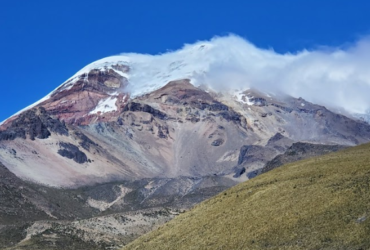
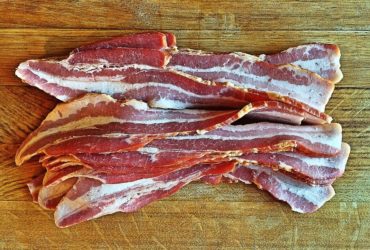

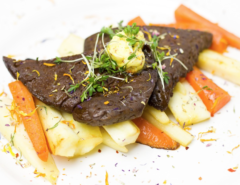

Leave a Reply